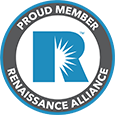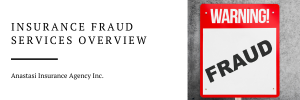Are you aware of the financial benefits of an effective return to work program?
- The data is crystal clear: the longer an injured employee is away from work, the more it will ultimately cost the employer. We will help you implement a robust return to work program that provides employees with appropriate care and facilitates quick recovery.
WHAT DOCUMENTATION IS NEEDED FOR A SUCCESSFUL RETURN TO WORK PROGRAM?
- Documentation is a key aspect of return to work. We have all the forms necessary to document and communicate every step of the process.
HOW DO YOU COMMUNICATE YOUR RETURN TO WORK PROGRAM TO EMPLOYEES?
- Our employee communications pieces take the mystery out of the return to work process, so your employees can focus on their rehab and recovery instead of worrying about filling out the wrong form.
At Anastasi Insurance Agency, we can provide you with a comprehensive policy plus supplemental documents at no additional charges…
Here are just some of what we can provide:
EMPLOYER RESOURCES
Return to Work Policy
Return to Work Program Guide
Impact of Return to Work Programs Presentation
Report of Injury or Illness Form
Job Analysis and Physician Report of Work Capacity Form
Claim Topics: Return to Work Wages
Alternate Ideas for Return to Work Duties: General Industry
Return to Work Evaluation Form and Letter
EMPLOYEE RESOURCES
Employee Duties Regarding Occupational Injuries/Illnesses
Playing it Safe: Return to Work Program
Safety Spotlight Newsletter
You always put YOUR BUSINESS FIRST…



